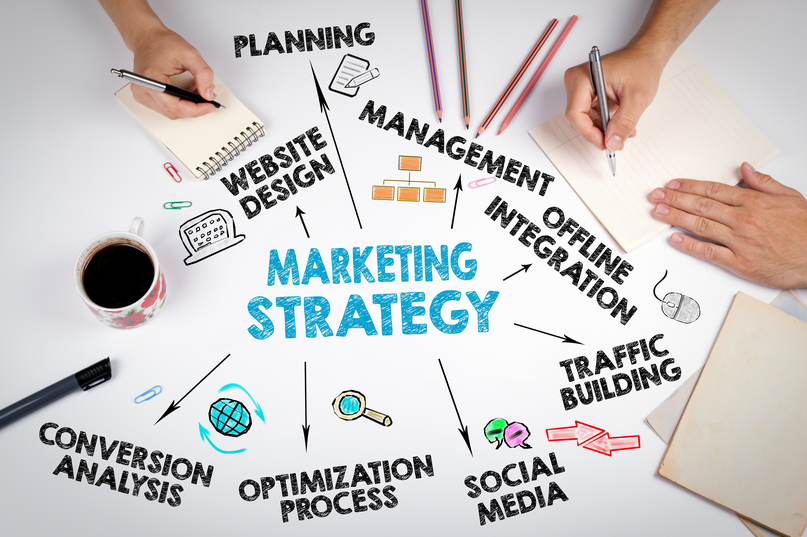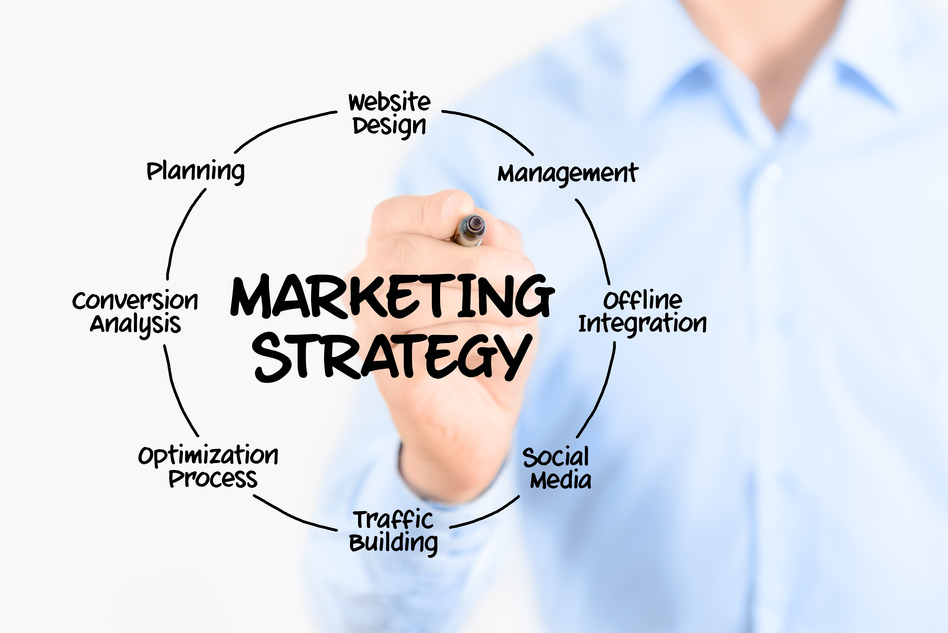Every facet of a marketing strategy
Marketing has evolved constantly and dramatically in recent years. In order to adapt to the requirements of today’s market, other variables than the 6 “P” mentioned in the article “Have you thought about your marketing plan” are to be considered, especially for services . The share of service activities is increasing in the global economy and it is increasingly rare to find a tangible product that is not accompanied by a service. This combination is intended to ensure the satisfaction of a demanding clientele operating in a competitive market.
The parameters of a marketing strategy as it is practiced today must be supplemented by the following elements:
People
This includes all those who have a role in the delivery of the service and an impact on its quality during the exchange, namely:
Staff in touch with customers: he plays a very important role in service activities, particularly through his listening skills and willingness to do his job well to satisfy the clientele.
Partners: In order for the customer experience to be satisfactory, the service company must choose its partners. The client evaluates his / her final experience and does not distinguish the part provided by the company from the one offered by its partners. For example, a company outsourcing its call center to an outside company should be aware that the quality of this service will be an integral part of the customer experience. The company will therefore also be evaluated on this basis.
Other participants: it is also about taking into account those who accompany the user of the product during his consumption without representing the target audience of the company. For example, parents accompanying their children to a movie show.
Process
The customer assesses all of his experience, from his first contact with the company to the last contact, including how it deals with claims. Therefore, the company must study all stages of the relationship with customers, both quantitatively and qualitatively, to ensure its satisfaction, including waiting time and hospitality.
Physical presentation
This element includes all the tangible aspects present at the point of contact or exchange, which create the atmosphere and the atmosphere, including everything that can influence the impression of the potential customer and his evaluation of the service, including the appearance Staff.
Planet
Customers are becoming increasingly sensitive to sustainable development, including its social and environmental aspects. Any company concerned about its image among its customers will choose to integrate sustainable development into its marketing strategy, not only with regard to its products and their origin, but also its employees. For example, today’s diversity of staff is increasingly seen as contributing to the innovation and thus the profitability of the company. Innovative companies seek to build heterogeneous teams.
Performance
A marketing plan that does not include a budget is not very useful. To achieve financial goals, one must first achieve marketing objectives that are geared to the satisfaction of all stakeholders, including customers. Marketing objectives are based on predefined marketing indicators. In the long run a financial performance results from a marketing performance. Marketing expenses must therefore be considered as a long-term investment aimed at achieving the company’s performance objectives.
The company must determine both its financial (economic) performance and its performance on social and environmental aspects through predefined indicators and in order to be part of a sustainable development philosophy.




